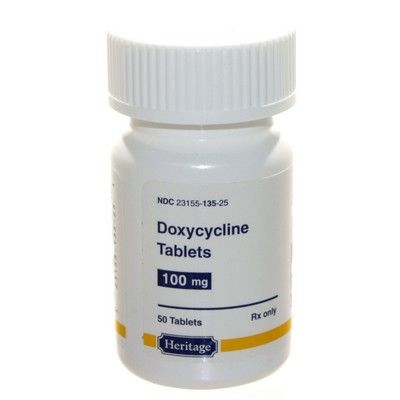Almost every dog parent has heard the term kennel cough before. Perhaps their dog went to daycare or was recently boarded. Perhaps their fur baby played with some new dogs at the dog park or visited a grooming facility. Then, their dog started to cough about a week later. So, they brought the pet to their family veterinarian where the dog was diagnosed with kennel cough. But what is kennel cough? Well, this week I answer this question because this disease is actually quite complex. So, let’s dive right into this topic. Happy reading!

Kennel Cough – What is it?
Kennel cough is the lay term given to a syndrome called canine infectious respiratory disease complex or CIRDC. Multiple pathogens – both bacterial and viruses – have been implicated in this disease that causes acute upper respiratory clinical signs. Viral components of CIRDC are:
- Canine distemper virus (CDV)
- Canine parainfluenza virus (CPIV)
- Canine adenovirus type 2 (CAV-2)
- Canine influenza (CIV)
- Canine herpesvirus (CHV)
- Canine respiratory corona virus (CRCoV)
- Pantropic canine corona virus
- Canine reovirus
- Canine pneumovirus (CnPnV)
Bacteria that have been implicated in CIRDC are Bordatella bronchiseptica, Mycoplasma spp., and Streptococcus equi subsp. zooepidemicus. The pathogen(s) involved vary based on geographic area. Interestingly, clinically healthy dogs may harbor these infective pathogens.
Kennel Cough – What does it look like?
There is no breed, sex, or age predilection for CIRDC. Dogs exposed to other dogs in boarding kennels, daycares, grooming facilities, dog shows, or dog park settings – especially those that are under-vaccinated or unvaccinated – are over-represented for developing clinical signs. Those receiving therapies to modulate their immune system are also predisposed to developing this complex.
Disease transmission most commonly occurs when a dog is exposed to aerosolized respiratory secretions or via direct contact with another infected dogs. Infection may also occur after exposure to contaminated objects (called fomites). The incubation period is 2-10 days, varying with each pathogen.

Infected dogs typically have clinical signs referable to the upper respiratory, including:
- Sneezing
- Coughing
- Ocular discharge
- Nasal discharge
- Tracheal sensitivity
- Elevated respiratory rate
- Difficulty breathing
- Lethargy
- Reduced (or loss of) appetite
Kennel Cough – How is it diagnosed?
A veterinarian will typically make a presumptive diagnosis of CIRDC based on a patient’s history and clinical signs. In the vast majority of patients, testing to identify the specific infective organism(s) is typically not needed. Thankfully, clinical signs are often mild and self-limiting. For those patients who don’t respond to empirical therapy or who develop severe clinical signs, diagnostic testing is recommended, and may include:
- Blood & urine testing to evaluate major organ function
- Chest radiography (x-rays) to look for evidence of pneumonia
- Airway polymerase chain reaction (PCR) testing to look for evidence of viruses and bacteria
- Tracheobronchoscopy & bronchoalveolar lavage to look inside the airway for infectious organisms and abnormal cells
Kennel Cough – How is it treated?
For patients with mild clinical signs, no specific therapy is indicated as the disease is self-limiting and resolves within 10-14 days. Furthermore, since the complex may be caused by a variety of viruses, antibiotic therapy could be ineffective in these situations. An antibiotic – typically doxycycline – is recommended within 10 days of the onset of clinical signs for patients who are lethargic, have reduced appetites, and/or develop fevers.
Anti-cough medications (called antitussives) may be used to reduce both the frequency and severity of a patient’s cough. Possible antitussives include hydrocodone, diphenoxylate/atropine sulfate, butorphanol, and codeine. Please know anti-cough medications are not recommended for patients with bacterial infections, especially bacterial pneumonia.
Some patients initially need temporary supplemental oxygen support, and many benefit from bronchodilators. Saline nebulization therapy may help those patients with a large volume of respiratory secretion. With appropriate interventions, the prognosis for CIRDC is very good.

The take-away message about kennel cough in dogs…
Canine infectious respiratory disease complex (CIRDC) – more commonly referred to as kennel cough – is a relatively common upper airway infection in dogs. With accurate diagnosis and appropriate therapies, most patients recover without incident.
To find a board-certified veterinary internal medicine specialist, please visit the American College of Veterinary Internal Medicine.
Wishing you wet-nosed kisses,
CriticalCareDVM







